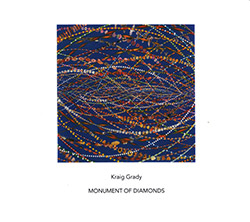
Microtonal composer Kraig Grady in a work for specially adapted brass instruments (Kris Tiner, trumpets; Subhraag Singh-saxophones; Emmett Kim Narushima-trombones) and organ (Terumi Narushima) using a the Meta-Slendro tuning, an obscure 17-tone scale, to create an expansive and organic work assembled from recordings of each musician playing meditations on single notes.
In Stock
Quantity in Basket: None
Log In to use our Wish List
Shipping Weight: 3.00 units
EU & UK Customers:
Discogs.com can handle your VAT payments
So please order through Discogs
Sample The Album:
Kris Tiner-trumpets
Subhraag Singh-saxophones
Emmett Kim Narushima-trombones
Terumi Narushima-organ
Kraig Grady-composition
Click an artist name above to see in-stock items for that artist.
Label: Another Timbre
Catalog ID: at160
Squidco Product Code: 29589
Format: CD
Condition: New
Released: 2020
Country: UK
Packaging: Cardboard Gatefold
No recording data listed.
"Kraig Grady has spent a lifetime working with unorthodox tunings. 'Monument Of Diamonds' uses a little-known 17-tone scale - the Meta-Slendro tuning created by Erv Wilson - but the results are not in the least academic. This is organic and beautiful music, written for specially adapted brass instruments and organ, and lovingly assembled by a unique composer. "Ethereal harmonies rub together like raw silk".-Greg Burk
Another Timbre Interview with Kraig Grady
"Could you tell us where you're from, where you live, and how you came to experimental music?
I am originally from Los Angeles where I lived for 55 years. I imagine LA is as much a part of my being as Dublin was to James Joyce. Truly my musical life has been totally shaped by elements and changes unique to that city. By 16, I knew I wanted to be a composer, even if my vision of what a composer was, and how I have lived it is not how most understand it. This was the 1960s when the wave of psychedelic music was sweeping the West Coast. I spent three months around Haight Ashbury as a runaway that left me in a state of malnutrition. I miraculously recovered, only to realise what a force music had upon me as a vision forward.
By 1970, I was going to Los Angeles City College where I was first exposed to experimental music by the physics teacher Walter O'Connell. Walter was also an artist and composer himself who had had an article published in Stockhausen's Die Reihe and had been La Monte Young's physics teacher there also, even though he said they never discussed tuning. Some years later in 1975, O' Connell introduced me to microtonal tuning theorist Erv Wilson. This was around the same time I saw Harry Partch's US Highball and I was struck by his direction which I thought had great potential that had not been fully explored.
At this point, I began my first endeavours into microtonal tunings. There was absolutely no acceptance of it at the time, especially in the classical world so I found myself playing in punk clubs during the 1980s. There was a lot of musical experimentation in the LA punk scene that nowadays people would not call punk, but it was totally part of it at the time. I was making a living in Hollywood as a scenic artist for films and TV so having to develop these skills in the visual medium, I began working with silent films with live music. This lasted a decade before I started working with shadow plays. All the while I kept building instruments and writing music for myself and anyone else who was willing to play them. This developed into a strange type of musical life as somehow, I became recognised outside of the club world as well. For example, one week I might have a gallery show with electronic composer Morton Subotnick and vocalist Joan La Barbara, then the next week I would be opening for punk band the Minutemen; an invitation to perform at art patron Betty Freeman's home alongside Mauricio Kagel might be followed a few days later with a punk rock show with The Fibonaccis.
While my work was well received in Los Angeles, the size of my instruments made it difficult to present my work outside the area. Other than the occasional show in San Francisco and a three-month arts residency in France, my work remained in Los Angeles. In 2007, however, I left LA and moved to Wollongong, Australia to marry Terumi Narushima, a fellow microtonal composer.
I guess that the experimental music scene in Wollongong is a little different from LA. How is it there, and has the adjustment been difficult?
Pretty much my musical life here has centred around playing in a duo called Clocks and Clouds with my wife, Terumi. Sometimes we are joined by others but for the most part I play Meta-Slendro vibraphone (clocks) and Terumi plays the Meta-Slendro organ (clouds). It is indeed a giant change from my life in LA where I lived for over a half century. It means fewer shows but my quality of life is better and thus leads to a different music. Nature is a much stronger presence here and I believe is a stronger element in my music. There are way more stars, and constellations I have known since a child are all of a sudden upside down. That was a shock at first. Despite its limitations, I am grateful that I am not living in the US at the moment, but I am admittedly all too emotionally tied and upset by conditions there.
Moving on to 'MONUMENT OF DIAMONDS', it uses a rare tuning system - Erv Wilson's 17-tone Meta-Slendro tuning. Why did you want to work with this particular system, had you used it before, and do all your pieces involve unusual tunings?
My entire musical life since 1975 has been working with alternative tunings. This piece represents the fourth of a series of works in which I ask each performer to play and record individual notes of a particular scale by matching their pitch against a tuner. These recordings become the raw material from which I construct the composition, note by note, through a painstaking process which in this case took two years to complete. Each piece in the series has been in a different tuning. For MONUMENT OF DIAMONDS, the 17-tone Meta-Slendro tuning is an extension of the one around which I have built an ensemble of instruments. With the exception of a 37-tone instrument, this ensemble consists mainly of instruments with only 12 pitches per octave, but none of these pitches are found in standard 12-tone equal temperament. Slowly, I have been adding five extra tones to each instrument to make a 17-tone scale. So, in a sense this composition is exploring an area I am planning to be using on my instruments in the future in live musical performances. Doing compositions for the recorded medium has enabled my music to be presented to people who cannot experience my live shows. I am extremely grateful that Another Timbre is helping that happen.
So did you really construct the whole piece note by note in this way, without playing any sequences of notes at all?
Yes, the players were engaged in the act of playing meditations on single notes. This created a quality all its own where their focus is on timbre and stillness in terms of pitch fluctuation. Each performer determines the duration of the notes they play, and when I add these notes into my composition, it is this duration that I first hear and more often than not preserve.
Are the listed instruments (organ, trumpet, saxophone, trombone) regular instruments, or ones which you have adapted or built yourself to better fit the Meta-Slendro tuning system?
The instruments I use in live performance are instruments that I have built or modified myself to fit the Meta-Slendro tuning. These include various mallet percussion instruments, harmonium, and string instruments. For this recording, however, the trumpet and trombone are regular instruments and the Infinitone saxophone is the invention of the performer, Subhraag Singh. These are all acoustic instruments played by real people and I feel that the individuals offer something that if played by someone else would lead to a different outcome. The exception is the organ which is electronic, and it is used only in the last section of the piece. Each gesture that the players produce on a single tone is reproduced exactly every time the note occurs in the piece. My own experience is I become acutely aware of what each player does and does uniquely. I had plans to include some of my own Meta-Slendro instruments in the composition but there never seemed to be the right point to introduce them without sounding forced.
As a non-musician, I can hear that there are some unusual intervals in the piece, and I enjoy the sense of displacement this brings, but I'd never be able to identify what system is being used, or what is going on in any detail. How important is the particular system to you? Western tonal music sometimes allows itself a little bit of atonality. When you are using the Meta-Slendro tuning, do you allow yourself to deviate at all from the system?
In my music, the tuning I would say is as important as the tuning of a raga where each pitch is also thought to have an emotional quality. Rather than expressing emotions, it seems that music has the potential to create emotions that happen nowhere else. It makes certain emotions possible. This is what I believe.
Another important aspect of a tuning system which is rarely discussed is the structural possibilities it offers. The Ancient Greeks saw them as a reflection of cosmology and their political ideas were meant to be in tune with the music of the spheres. The mere act of modulating was seen as a crisis.
The Meta-Slendro scale used here is one that shares features of many African and South-East Asian scales. While the Western scale has intervals that tend to sound either consonant or dissonant, here each note has relatively the same degree of consonance, or mild roughness. This allows for its own type of possibility, its own 'anarchic harmony' but without the ambiguity. The notes of the tuning I use have been calculated to very precise frequencies based on mathematical structures and relationships, so I expect a high degree of accuracy. I have no desire to deviate from this tuning system because the system itself offers so many unique acoustical possibilities.
Someone once said that the difference between Western and Eastern art was that the West is always searching beyond its confines while the East is concerned with going deeper into what is already there. The aforementioned ragas are good examples of this going deeper into the image of the raga. Many decades ago, when I abandoned the Western scale, I took one big step outside of the tradition, but have since approached these new scales with a dedicated focus, reaching into their depths.
To my ears the music retains a meditative quality even when it becomes quite dense - which is similar to Indian ragas in that even when Indian classical musicians are playing extremely fast, the music still feels relaxing rather than busy or frantic. Is this a quality that you are seeking in your music, and is it partly what has drawn you to the Meta-Slendro tuning system?
I quite appreciate that. I enjoy that quality about Indian music and also how that music continues to evolve and develop both rhythmically and melodically. Their musicians exhibit some of the finest ears in terms of pitch I have witnessed. I try though to keep a good distance from their use of drones or their scales but do relate to their sense of time and the importance of pitch organisation. The Meta-Slendro scale is one of many scales that offers a less dissonant sound world than one experiences with the Western scale, yet still offers new relations to explore. One does not have to be harsh to explore new things. The actual activity of composing is something interactive and feels like it is a force that works with me as opposed to against or neutral. It is only one of many scales with similar momentum, some of which I have explored in other pieces.
Can you tell us about the title? What does it refer to?
The idea of Monuments came from the sound of the brass, in which I include the saxophone here. Brass seems to be used much less in newer music than strings, winds and percussion which is unfortunate. Since they are used less than strings or winds in new music, they seem to invite exploration. Working with these instruments invoked sensations of large spaces, forces of gravity, crystalline solidity, and the aeons of time. Here I had exceptionally talented players to work with. As I have always associated music with 'space' and places like Anaphoria Island, this piece evokes an environment of monuments, ruins that still house some souls within their buried histories. Diamonds reflect the treasures of earth, but there is also the tuning structure Harry Partch used in this case. I have never been attracted to his tuning, but somehow in the course of the piece, I unexpectedly found myself working with small diamond-like structures, so there is a play on words."
Artist Biographies
• Show Bio for Kris Tiner "Kris Tiner is a trumpet player, composer, and educator active on the West Coast jazz and creative music scene for over 20 years. His playing has been described as "extraordinarily inventive" in Signal to Noise Magazine, "perfectly suited to the moment" in DownBeat, and the LA Weekly states that "trumpeter Kris Tiner can turn barbed wire to beauty." Tiner's compositions explore connections between improvisational music traditions and systemic practices, blending jazz roots with multiple streams of contemporary music. His music has been performed on five continents, his 70+ recordings have been enthusiastically reviewed in the international jazz press, and he has been recognized with awards from ASCAP, the American Composers Forum, Chamber Music America, Montalvo Arts Center, the John F. Kennedy Center, the International Association for Jazz Education, the Kern County Music Educators' Association, and the Levan Center for the Humanities. In addition to interdisciplinary projects involving dance, spoken word, visual art, film and animation, he has recorded music for radio, television, and motion picture scores, and his trumpet playing has been heard on MTV, NBC, PBS, and Comedy Central. He has toured widely with the Empty Cage Quartet, whose 2008 CD Stratostrophic on Portugal's Clean Feed record label was hailed as "one of the best things in jazz to emerge in the new millennium" by the UK magazine The Wire. He also collaborates with guitarist Mike Baggetta in the duo Tin/Bag; their CD Bridges was chosen as one of the ten best jazz recordings of 2011 in Time Out New York. Tiner performs with the Cathlene Pineda Quartet, Chris Schlarb's Psychic Temple, Vidya Trio (with pianist Motoko Honda and saxophonist Beth Schenck), the Industrial Jazz Group, the Los Angeles Trumpet Quartet, and the Bakersfield Symphony Orchestra. He has also collaborated with Wadada Leo Smith, Vinny Golia, Kraig Grady, Tatsuya Nakatani, Nels Cline, Jeremiah Lloyd Harmon, Lukas Ligeti, Gerry Hemingway, Donald Robinson, Charles Gaines, Angelica Sanchez, Gianni Gebbia, Joe La Barbera, Jeff Kaiser, Phillip Greenlief, Nate Wooley, Lucian Ban, Todd Barton, Jamaaladeen Tacuma, Ken Filiano, Taylor Ho Bynum, Lisa Mezzacappa, Sara Schoenbeck, Harris Eisenstadt, and Michael Vlatkovich. He has been featured at the FONT Festival of New Trumpet Music (New York), Aperitivo in Concerto (Milan), Clean Feed Festival (New York), Angel City Jazz Festival (Los Angeles), Is That Jazz? Festival (Seattle), Gateshead Jazz Festival (UK), In The Flow Festival (Sacramento), The Outpost Creative Soundspace Festival (Albuquerque), NMASS Festival (Austin), and the Mission Creek Arts Festival (San Francisco). Tiner is an Associate Professor of Music and the Director of Jazz Studies at Bakersfield College, and he has also taught at California Institute of the Arts, CSU Bakersfield, Taft College, and the Academy of Creative Education in Los Angeles. He holds an MFA in African-American Improvisational Music from CalArts, where his teachers included Wadada Leo Smith, Leroy Jenkins, Edward Carroll, Kobla Ladzekpo, Morton Subotnick, and Charlie Haden. He has been a visiting lecturer and performer at Durham University, Bennington College, The Art Institute of Seattle, Northwestern University, Brooklyn Conservatory of Music, and many other schools and universities throughout the United States and Europe, and he has presented at conferences of the International Society for Improvised Music, the California Art Education Association, and the Music Association of California Community Colleges. Tiner is a board member of the nonprofit Bakersfield Jazz Workshop, and he has organized a successful series of concerts and multimedia performances in the emerging Downtown Arts District of Bakersfield for many years. He is the founder of Epigraph Records, an independent label dedicated to the documentation of new creative music recorded in Bakersfield." ^ Hide Bio for Kris Tiner • Show Bio for Subhraag Singh "Subhraag Singh is a composer/woodwind artist/inventor based in Stuttgart, Germany. His invention, the Infinitone, "the saxophone of the future", won first prize at the 2017 Guthman New Musical instrument competition. His primary background as an artist has been as a saxophonist in the field of jazz music. Subhraag has extensive international performance experience and has had some of the greatest jazz musicians of all time as mentors. Currently, he is now engaged in developing and utilizing new technologies that allow musicians to greatly expand harmonic/melodic possibility." ^ Hide Bio for Subhraag Singh • Show Bio for Terumi Narushima "Terumi Narushima is a composer, performer and sound designer whose work has been presented at numerous festivals in Australia and overseas, as well as broadcast on national radio and television. As a composer, she writes acoustic as well as electronic music with a particular focus on alternative tuning systems. Some of her microtonal projects include: Tritriadic Chimes, a sound installation for LA MicroFest (2001); Metris, a computer game for performing virtual bells in just intonation (2005); and Hidden Sidetracks, a composition for custom-built instruments commissioned and premiered by Ensemble Offspring at the Sydney Opera House (2011). Terumi was a guest composer for New Music Works in Santa Cruz, USA (2007). She has also worked as a musician and sound designer for various film and theatre collaborations, and her music has been presented internationally (in Argentina, Belgium, Canada, China, Cuba, France, Germany, India, Italy, Japan, New Zealand, Singapore, Spain, Switzerland and the USA). As a performer, Terumi plays mainly keyboard instruments, and she has also studied koto with Satsuki Odamura. She is a core member of Clocks and Clouds, an ensemble featuring retuned vibraphone, pump organ and other acoustic instruments built by fellow composer-performer, Kraig Grady. Terumi is a lecturer in the Faculty of Creative Arts at the University of Wollongong, where she completed a PhD on musical interfaces for microtonal composition. She has a Bachelor of Music (Honours) and a Diploma in Secondary Education from the University of Sydney, as well as a Master of Music (Composition) from Sydney Conservatorium. In addition, she has extensive experience as a Japanese language teacher at secondary and tertiary levels." ^ Hide Bio for Terumi Narushima • Show Bio for Kraig Grady "Kraig Grady (born 1952) is a US-Australian composer/sound artist. He has composed and performed with an ensemble of microtonal instruments of his own design and also worked as a shadow puppeteer, tuning theorist, filmmaker, world music radio DJ and concert promoter. His works feature his own ensembles of acoustic instruments, including metallophones, marimbas, hammered dulcimers and reed organs tuned to microtonal just intonation scales. His compositions include accompaniments for silent films and shadow plays. An important influence in the development of Grady's music was Harry Partch, like Grady, a musician from the Southwest, and a composer of theatrical works in Just Intonation for self-built instruments. Many of his compositions use unusual meters of very extended lengths Born in Montebello, California in 1952, Grady began composing while still in his teens. After studies with Nicolas Slonimsky, Dean Drummond, Dorrance Stalvey and Byong-Kon Kim, he produced his earliest compositions. Since meeting tuning theorist Erv Wilson in 1975, he has composed and performed in alternative tunings based on WilsonÕs theories, first in 31-tone equal temperament, and eventually in the just intonation resources of Wilson's combination-product sets and meta-slendro. In the early 1980s Grady and filmmaker Keith Barefoot created a number of performances combining live music with silent film. In his 1989 opera War and Pieces, he used film to project stage settings as well as illustrate the inner thoughts of the live performers. Since 1993 GradyÕs work has been connected to the activities of "The North American Embassy of Anaphoria Island", a 501(c)(3) non-profit organization promoting the culture of this envisioned island, which Grady characterizes as a "visionary geography". He has produced numerous solo and ensemble works and ten shadow plays representing the "traditional" repertoire of Anaphoria: Ten Black Eye I-II, Black Eye Meru, Her Stirring Stone, Their Ventures Beyond The Horizons, The Stolen Stars, Frenzy At The Royal Threshold, The Quiet Erow, The Pilgrimage of Mirrors, and The Follies of Dr. Placebo. Despite the fact that the size of his instruments make touring difficult, his work has been presented at Ballhaus Naunyn Berlin (Germany), the Chateau de la Napoule (France), the Norton Simon Museum of Art, the UCLA Armand Hammer Museum, the Pacific Asia Museum, California Institute of the Arts, Pomona College, Pierce College, Villa Aurora Foundation for European American Relations, the Schindler House, Beyond Baroque, the Brand Library, New Langton Arts, as well as numerous live performances on radio KPFK, KCRW, and KXLU. His work was also presented as part of the Los Angeles PhilharmonicÕs American Music Weekend as well as New Music America 1985. He has been nominated four times for the LA Weekly Music Awards best uncategorizable artist and was chosen by Buzz Magazine as one of the "100 coolest people in Los Angeles". The Quiet Erow made its Australian premiere on 9 October 2009 at the Helensburgh Bushland Chapel, starring Kraig Grady (director), his wife Terumi Narushima, Seth Harris, Mark Kennedy, Friederike Krishnabhakdi-Vasilakis and Hamish Lane. Grady's shadow play The Brook of No Return made its debut in November 2018, in Wollongong and Sydney. It returned to Wollongong in September 2019. The cast consisted of Grady (also as director), Terumi Narushima, Jariss Shead, Hayley Carrick, Jess Boyle, and Joshua Mills." ^ Hide Bio for Kraig Grady
7/9/2025
Have a better biography or biography source? Please Contact Us so that we can update this biography.
7/9/2025
Have a better biography or biography source? Please Contact Us so that we can update this biography.
Have a better biography or biography source? Please Contact Us so that we can update this biography.
7/9/2025
Have a better biography or biography source? Please Contact Us so that we can update this biography.
Track Listing:
1. Monument Of Diamonds 41:24
Compositional Forms
Ambient, Minimal, Reductionist, Onky Sound, &c.
Recordings featuring brass instruments - trumpets, trombones, tubas, other horns
Quartet Recordings
Electroacoustic Composition
Organized Sound and Sample Based Music
New in Compositional Music
Search for other titles on the label:
Another Timbre.


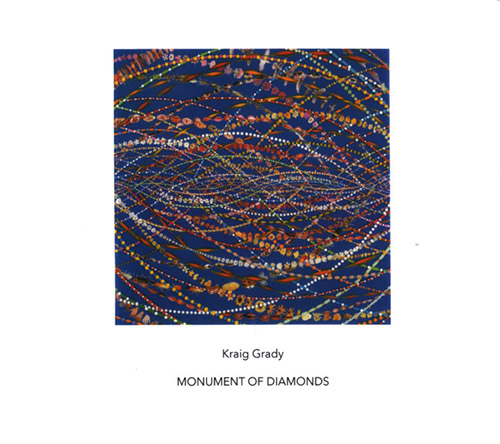
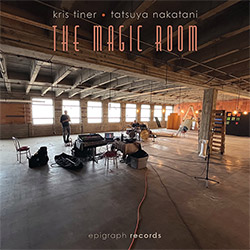
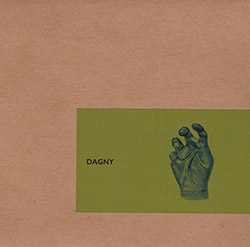
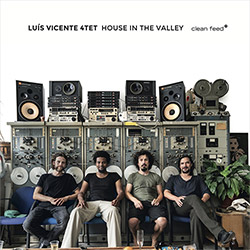
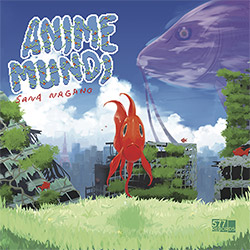
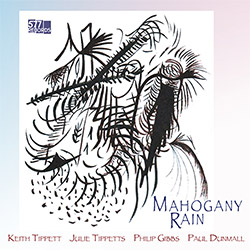
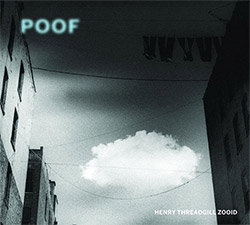
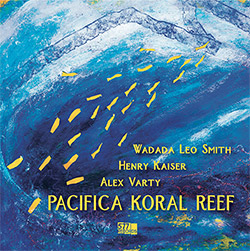
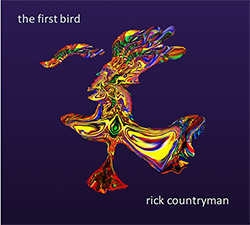
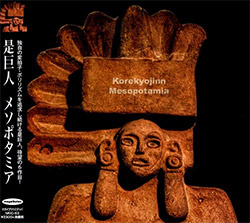
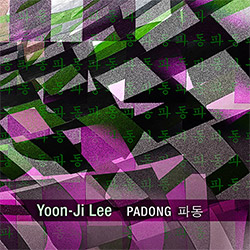
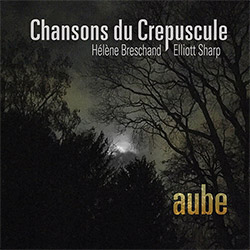
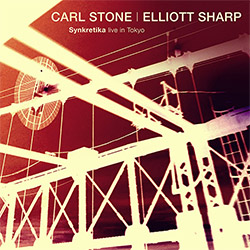
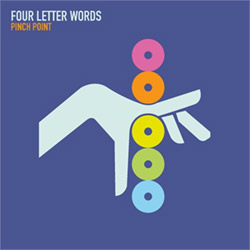
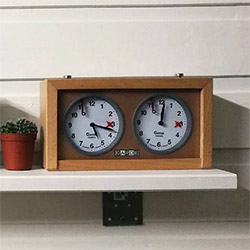
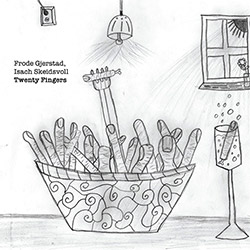
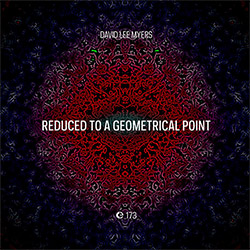
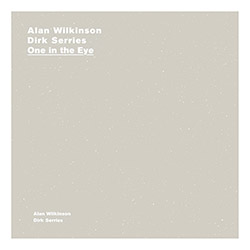
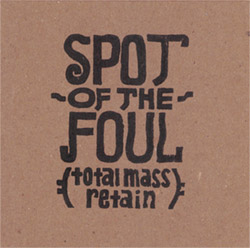
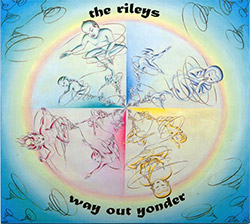
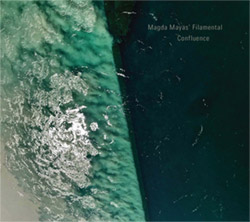
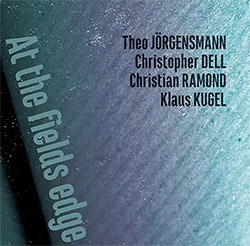
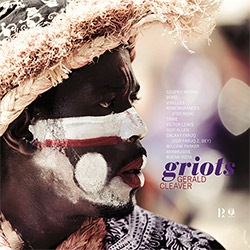
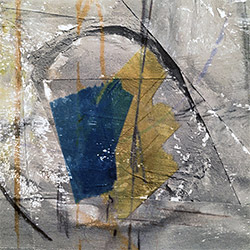
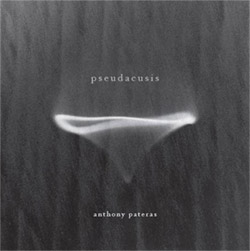
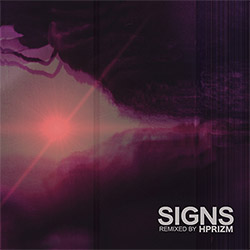
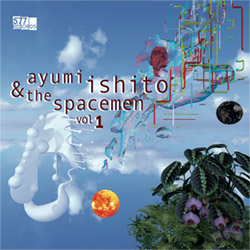

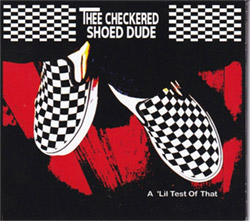
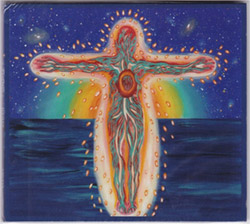
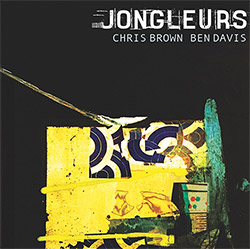
![BlueRing Improvisers: Materia [2 CDs]](https://www.teuthida.com/productImages/misc4/36513.jpg)
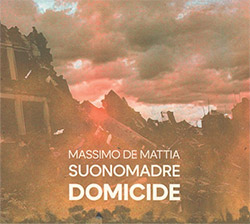
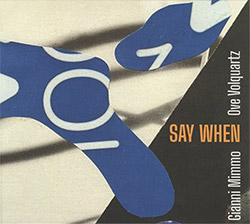
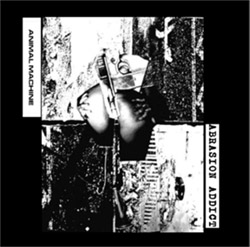

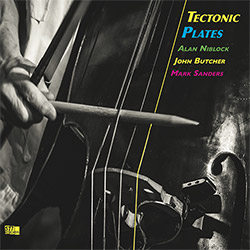
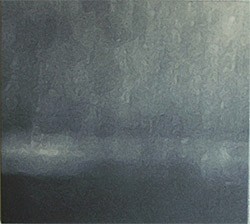
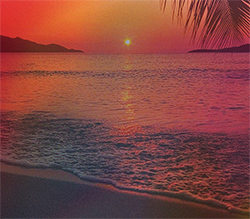
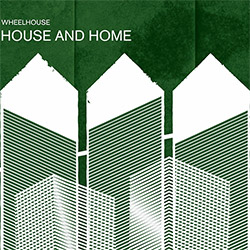
![Wheelhouse (Rempis / Adasiewicz / McBride): House And Home [VINYL]](https://www.teuthida.com/productImages/misc4/36462.jpg)
![+DOG+: The Light Of Our Lives [2 CDs]](https://www.teuthida.com/productImages/misc4/36009.jpg)

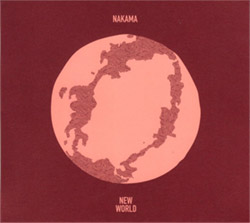
![Parker, Evan / Jean-Marc Foussat: Insolence [VINYL]](https://www.teuthida.com/productImages/misc4/36398.jpg)
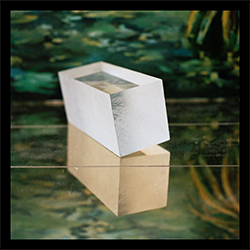
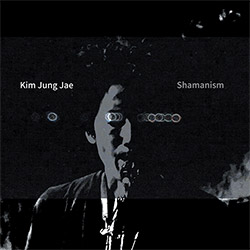
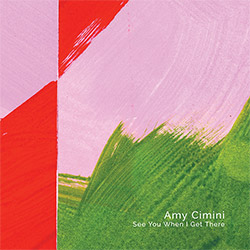
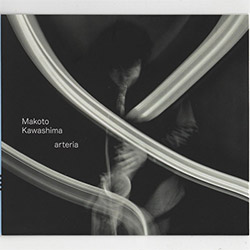
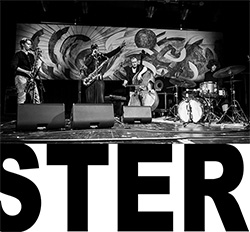
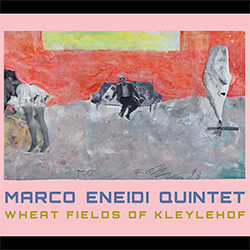
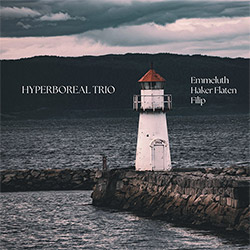
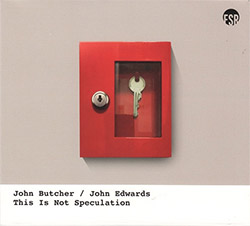
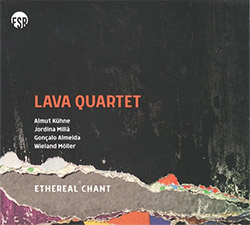
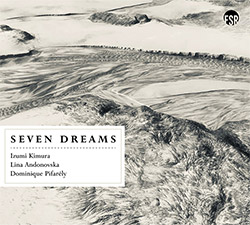
![Deupree, Jerome / Sylvie Courvoisier / Lester St. Louis / Joe Morris: Canyon [2 CDs]](https://www.teuthida.com/productImages/misc4/36404.jpg)

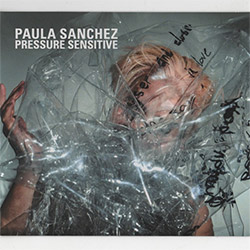

![Eventless Plot | Haarvol: The Subliminal Paths [CASSETTE + DOWNLOAD]](https://www.teuthida.com/productImages/misc4/36232.jpg)

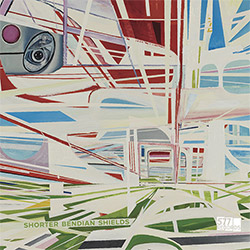
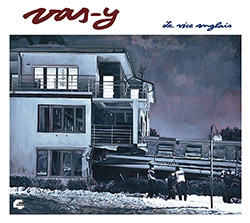
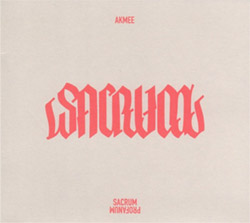

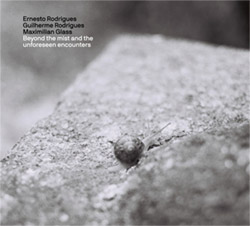
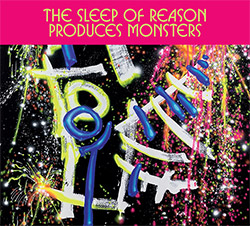
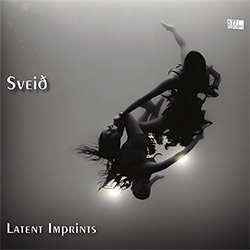
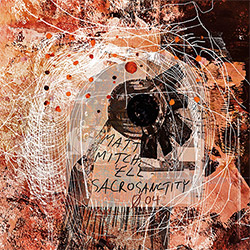
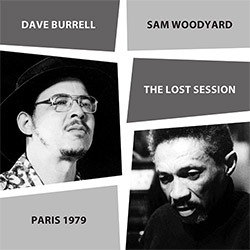
![Eventless Plot | Francesco Covarino: Methexis [CASSETTE + DOWNLOAD]](https://www.teuthida.com/productImages/misc4/36231.jpg)
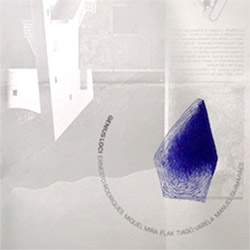
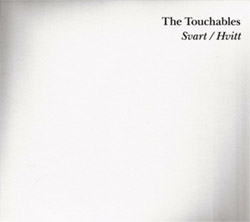
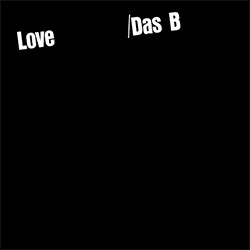
![Das B (Mazen Kerbaj / Mike Majkowski / Magda Mayas / Tony Buck): Love [VINYL]](https://www.teuthida.com/productImages/misc4/36329.jpg)
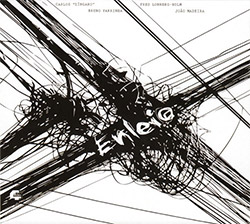

![Eternities: Rides Again [CASSETTE]](https://www.teuthida.com/productImages/misc4/36247.jpg)
![Lopez, Francisco: Untitled (2021-2022) [2 CDs]](https://www.teuthida.com/productImages/misc4/36438.jpg)


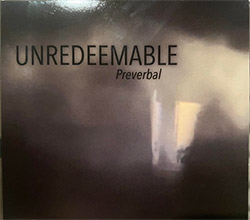
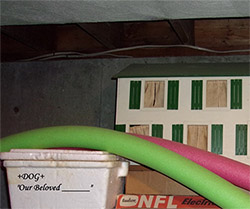
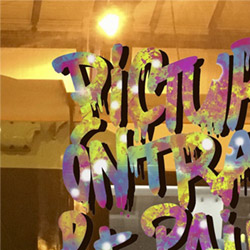
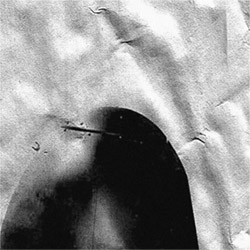
![Money : Money 2 [2 CDs]](https://www.teuthida.com/productImages/misc4/35894.jpg)
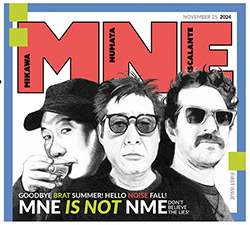

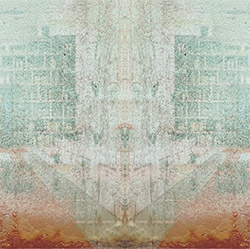
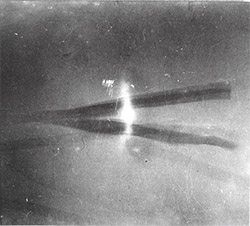
![Klinga, Erik: Elusive Shimmer [VINYL]](https://www.teuthida.com/productImages/misc4/36258.jpg)
![CHANGES TO blind (Phil Zampino): Volume 9 - I Wave on a Fine Vile Mist [CD + DOWNLOAD]](https://www.teuthida.com/productImages/misc4/36061.jpg)

![Wallmart / Rubbish: Asset Protection [split CD]](https://www.teuthida.com/productImages/misc4/35900.jpg)
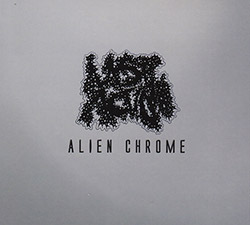
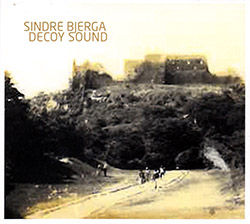
![+Dog+: The Family Music Book Vol. 5 [2 CDs]](https://www.teuthida.com/productImages/misc4/35897.jpg)
![Kuvveti, Deli : Kuslar Soyledi [CASSETTE w/ DOWNLOAD]](https://www.teuthida.com/productImages/misc4/36107.jpg)

![Brown, Dan / Dan Reynolds: Live At The Grange Hall [unauthorized][CASSETTE]](https://www.teuthida.com/productImages/misc4/36245.jpg)


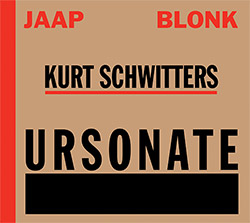
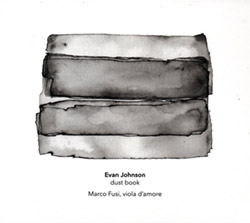
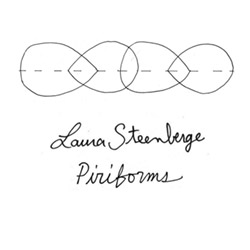
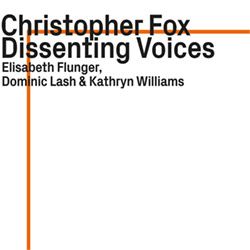

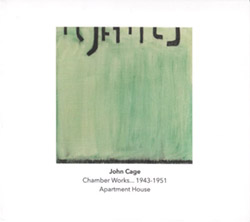
![Palestine, Charlemagne / Seppe Gebruers: Beyondddddd The Notessssss [VINYL]](https://www.teuthida.com/productImages/misc4/36206.jpg)
![Palestine, Charlemagne / Seppe Gebruers: Beyondddddd The Notessssss [NEON GREEN VINYL]](https://www.teuthida.com/productImages/misc4/36207.jpg)
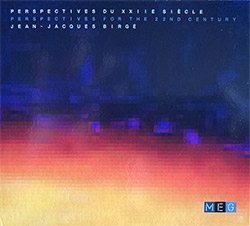
![Laubrock, Ingrid: Purposing The Air [2 CDs]](https://www.teuthida.com/productImages/misc4/35639.jpg)
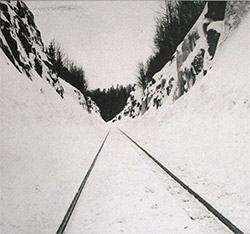
![Yoko, Ono / The Great Learning Orchestra: Selected Recordings From Grapefruit [2 CDs]](https://www.teuthida.com/productImages/misc4/35841.jpg)

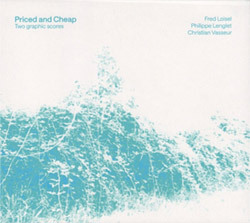
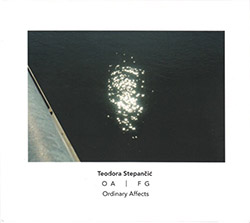
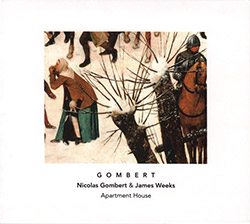

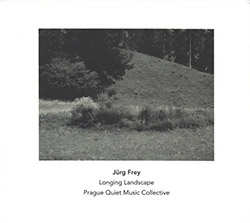
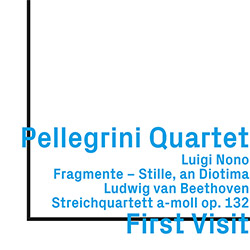

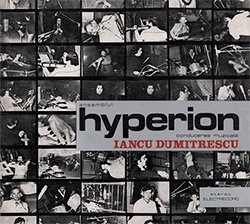
![Zorn, John / JACK Quartet: The Complete String Quartets [2 CDs]](https://www.teuthida.com/productImages/misc4/35609.jpg)
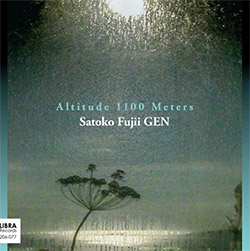
![Lonsdale, Eden: Dawnings [2 CDs]](https://www.teuthida.com/productImages/misc4/35480.jpg)
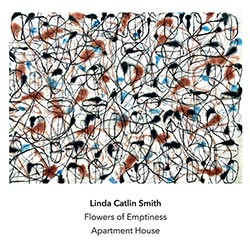
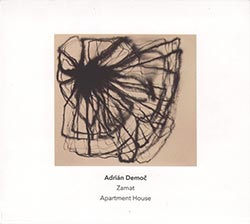

![Sorry For Laughing (G. Whitlow / M. Bates / Dave-Id / E. Ka-Spel): Rain Flowers [2 CDS]](https://www.teuthida.com/productImages/misc4/35985.jpg)

![Rolando, Tommaso / Andy Moor : Biscotti [CASSETTE w/ DOWNLOADS]](https://www.teuthida.com/productImages/misc4/36106.jpg)


![Electric Bird Noise / Derek Roddy: 8-10-22 [CD EP]](https://www.teuthida.com/productImages/misc4/35970.jpg)








![Elephant9 : Mythical River [VINYL]](https://www.teuthida.com/productImages/misc4/34624.jpg)



![Elephant9 with Terje Rypdal: Catching Fire [VINYL 2 LPs]](https://www.teuthida.com/productImages/misc4/35355.jpg)
![Deerlady (Obomsawin, Mali / Magdalena Abrego): Greatest Hits [VINYL]](https://www.teuthida.com/productImages/misc4/34876.jpg)
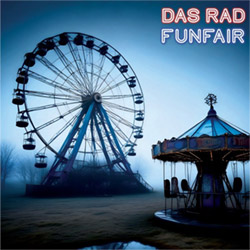
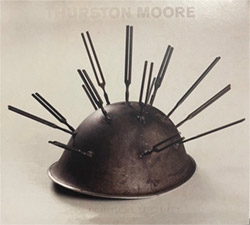
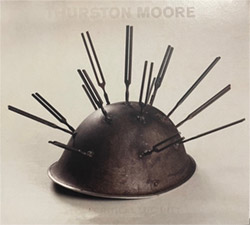
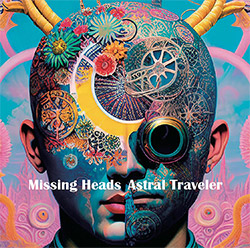
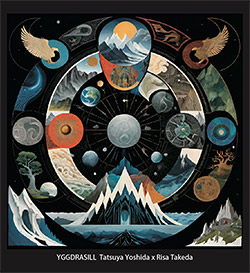
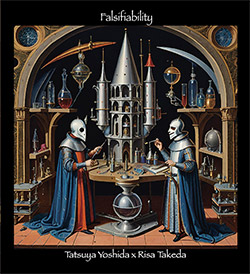
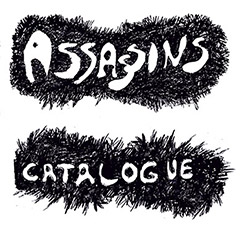
![Surplus 1980: Illusion of Consistency [CD]](https://www.teuthida.com/productImages/misc4/35069.jpg)
![Staiano, Moe: Away Towards the Light [VINYL + DOWNLOAD]](https://www.teuthida.com/productImages/misc4/35037.jpg)
![Coley, Byron: Dating Tips for Touring Bands [VINYL]](https://www.teuthida.com/productImages/misc4/17906.jpg)

![Lost Kisses: My Life is Sad & Funny [DVD]](https://www.teuthida.com/productImages/misc4/lostKissesDVD.jpg)